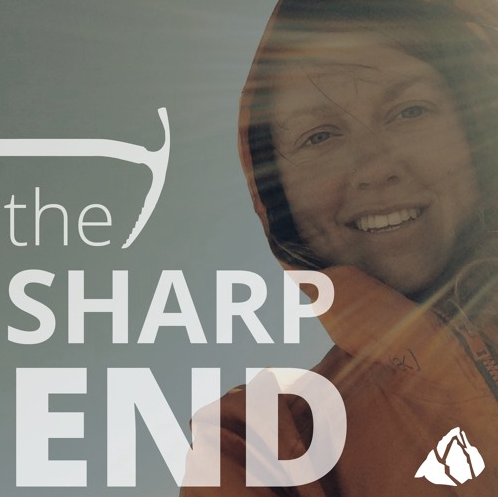Fall on Snow — Crampon Snag While Fleeing Falling Serac
Washington, Mt. Rainier, Emmons Glacier
On June 29, I (male, 35) and two partners (both male, 40 and 36) were descending the Emmons Glacier after a summit attempt. A little after 7 a.m., a serac collapsed higher on the mountain. We were around the 11,000-foot level, near the top of the “Corridor” feature, on a 25° to 30° slope. We soon saw tumbling blocks of ice and snow crest the slope above us; the debris was initially fridge-sized and broke into smaller pieces. I was at the back of the rope team and had the least time to react. I ran to avoid being hit, and in doing so, I caught my left crampon on my right leg.
I fell and ended up in a self-arrest position, with my head facing uphill, as the debris sped by. My right leg/knee was twisted in the fall. I was not injured by the small pieces of falling serac debris. My two partners also moved to avoid the falling debris and were not hit.
We moved about a hundred feet to the side of the debris fall line. I knew that my right leg/knee was injured and had to crawl. My partners probed for crevasses and dug a small platform with a shovel.
Once we were in a safe position, my partners assessed my injuries and determined I was not able to walk down the glacier to Camp Schurman, where we had camped the previous day. We had sufficient gear to improvise a rescue sled/drag-bag, but as the most experienced member of the team, I felt it was safer and more efficient to request assistance. (We had sufficient gear for an extended bivy.) Though we could see Camp Schurman (where the rangers were), we did not have cell reception, so we activated an inReach.
Fortunately, the weather was warm and my pain level was not too bad. The rangers were notified at 8:30 a.m. and a plan was developed. Two climbing rangers left Camp Schurman on foot to coordinate a helicopter rescue—or lower me to camp in the event that weather prevented helicopter extraction. They requested we dig a platform and anchor ourselves. We worked to make our platform larger, placed a picket as an anchor, and prepared our gear and packs.
The rangers on foot arrived at 10:40 a.m. Then the helicopter arrived. The climbing rangers assessed my injuries and our platform and asked my partners to dig a second platform and anchor. They splinted my leg, and I was short-hauled at 11 a.m. to Camp Schurman. Shortly after we left, dense clouds moved in, which may have prevented a helicopter rescue. I was thankful to have been rescued quickly and am grateful to the Rainier climbing rangers, the helicopter crew, and Greenwater Fire and Rescue.
I was diagnosed with a tibial plateau compression fracture. There were some complications, but I am expected to make a full recovery.
ANALYSIS
We were on the least objectively hazardous route to the summit of Mt. Rainier, yet we were still exposed to falling debris. The weather was not particularly warm overnight (11,000-foot freezing level). It was also forecasted to get cooler on the morning of the accident, with the freezing level dropping to 10,000 feet. The serac fall occurred after the sun had warmed the mountain, but we were the earliest group to begin descending on that day.
I believe we made the right call to request help. It was good that I got off the mountain before bad weather came in. I do not regret running from the falling serac debris, as it could have been very serious had I been struck by falling debris.
I was grateful we had our Wilderness First Responder training, were well prepared with food and clothing to wait for help, and had two-way messaging. When we chose to enter complex, glaciated terrain, we accepted a certain level of risk and took all possible precautions. (Source: Anonymous.)

